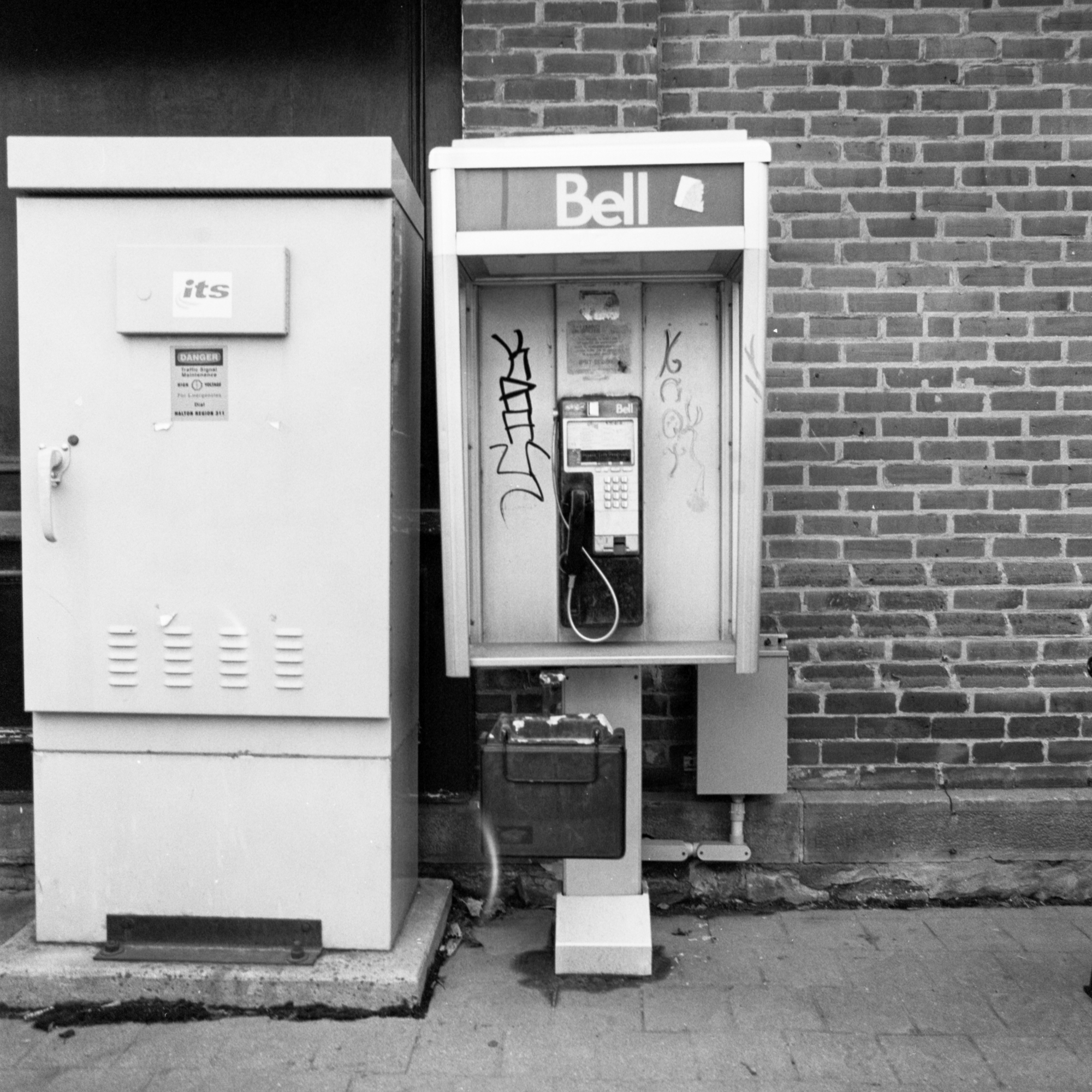There’s a special kind of magic in breathing new life into a classic film stock long past its prime. While tidying up my darkroom recently, I found a roll of forgotten film, that I shot a few years ago and had yet to develop. I had dipped into my stash expired and rare films and shot this roll of Kodak Plus-X Pan (expired January 2008) in my Hasselblad 503CX during late winter / early spring. The mixed tones of of the season and the small town historic architectural textures, felt like the perfect setting to test how this legendary black-and-white film holds up after more than a decade and a half on the shelf.

I shot the film at box speed (ISO 125) and developed it in Kodak D-76 1+1 for 8 minutes and 30 seconds at 20°C, pushed one stop in development to compensate for its age. The results were a testament not only to the enduring quality of Kodak’s emulsions but also to the timeless pairing of Plus-X and Hasselblad craftsmanship.
A Brief History of Kodak Plus-X Pan
Introduced in the 1930s, Kodak Plus-X Pan became a cornerstone of professional black-and-white photography for much of the 20th century. It offered a perfect middle ground — finer grain and smoother tonality than Tri-X 400, but more speed and flexibility than the ultra-fine-grained Panatomic-X 32.
Over the decades, Plus-X evolved slightly in its chemistry and packaging but always retained its signature look: rich midtones, gentle contrast, and classic Kodak smoothness. Whether used for portraits, reportage, or fine art, Plus-X delivered a consistent, versatile image that worked as well in the darkroom as it did in the studio.
Sadly, Kodak discontinued the film in 2011, leaving behind a legacy still cherished by film photographers today.

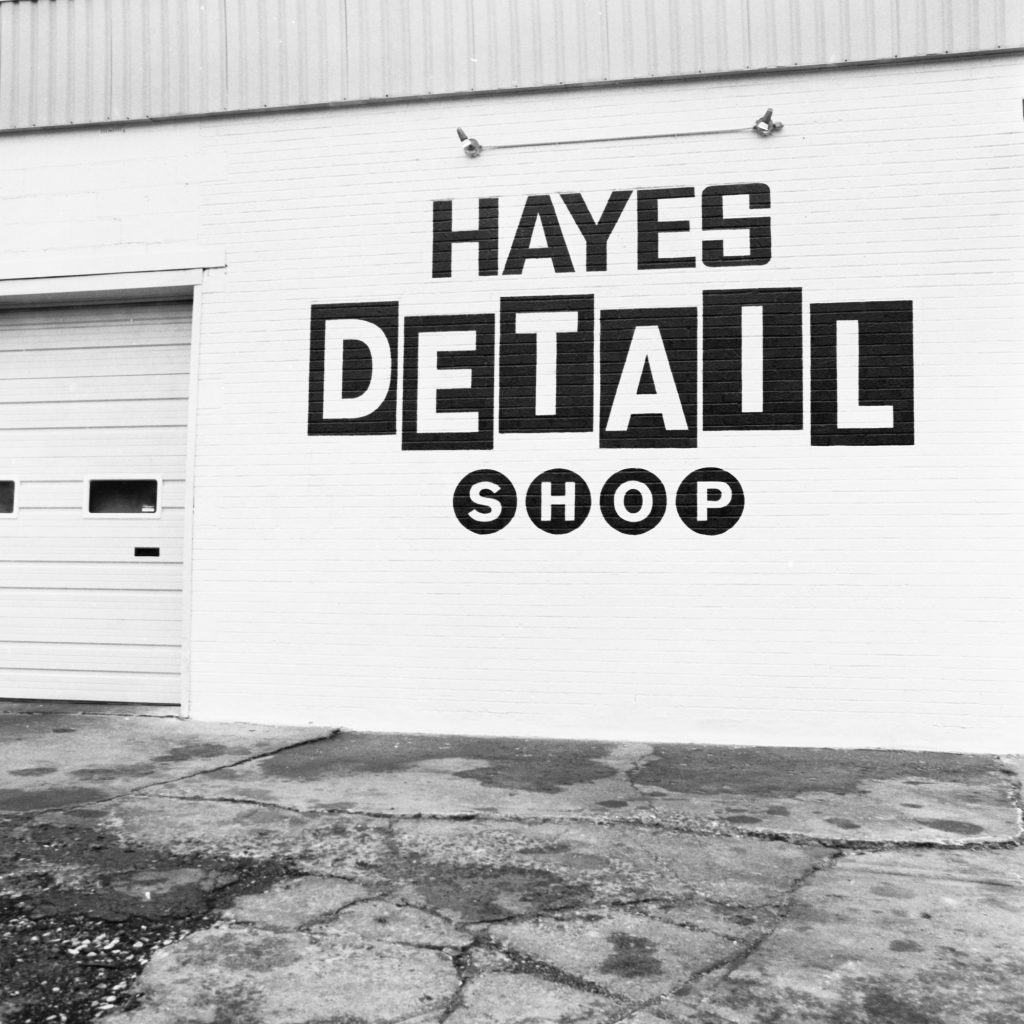
Shooting Expired Plus-X
My roll of Plus-X had been stored carefully — in my film fridge — but 17 years past expiry is no small number. When dealing with film this old, a bit of fogging and some loss of contrast is to be expected. This batch of Plus-X was surprisingly resilient and did not show any ill effects of age.
Here’s how I approached it:
- Exposure:
I shot at box speed (ISO 125) to see how much native sensitivity remained. Normally, with film this old, you might overexpose one stop (shoot at ISO 80 or 64), but I decided to push in development instead.- There is no exact formula, I recommend bracketing a test roll when possible.
- Development:
I extended the time in Kodak D-76 1+1 to 8 minutes and 30 seconds at 20°C — about a one-stop push. This brought back density and contrast that time had softened. - Expectations:
The negatives retained excellent midtone separation and detail, particularly in the architecture and natural texture style images. - Handling:
Old film emulsions can be fragile, so I used gentle agitation and fresh chemistry throughout the process. The film dried beautifully, with even tonality and clean highlights.
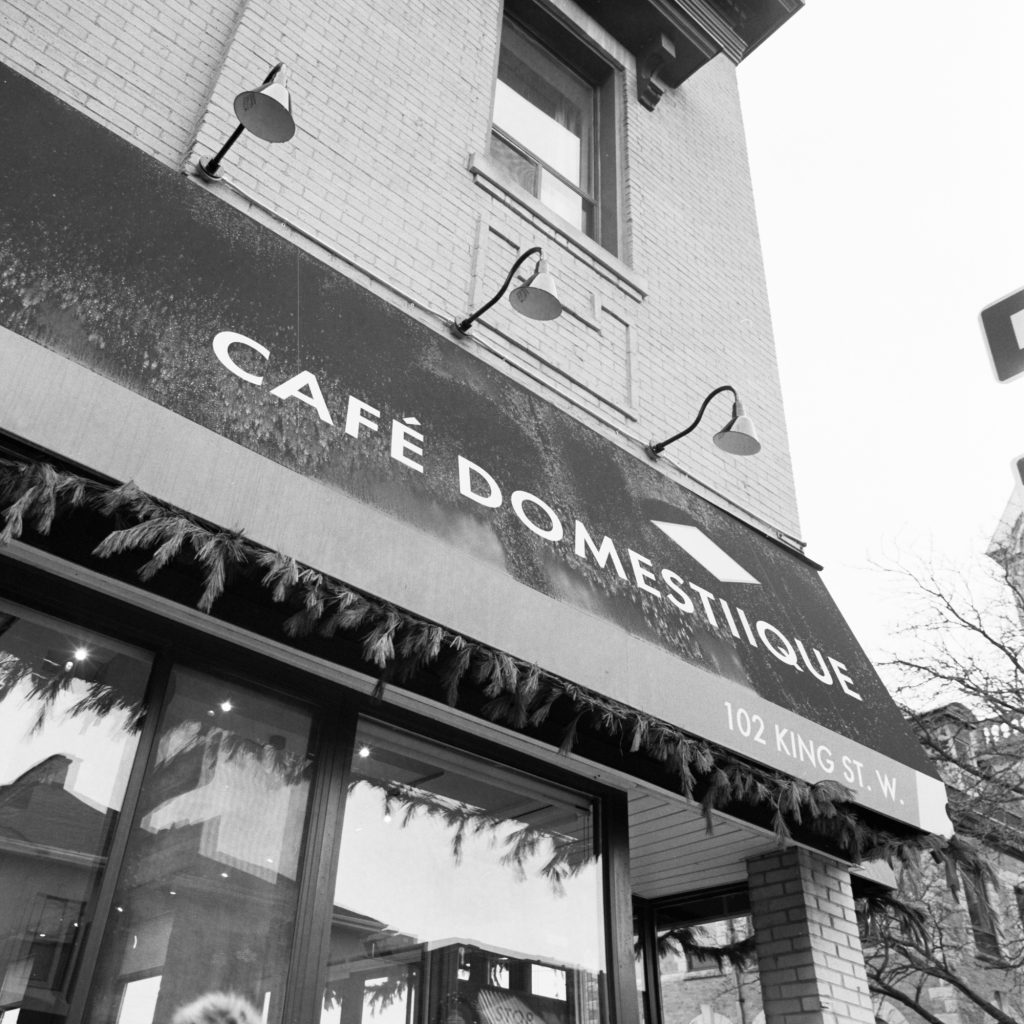
The Hasselblad 503CX — A Perfect Companion
Pairing this film with the Hasselblad 503CX was a deliberate choice. The 503CX, introduced in 1988, represents the pinnacle of Hasselblad’s V-System — fully mechanical reliability paired with precision optics and modular flexibility.
Using the Carl Zeiss Planar 80mm f/2.8, I was reminded why this lens remains iconic. The Zeiss rendering complements Plus-X’s smooth tonality perfectly — sharp yet gentle, with a sense of dimensional depth that’s hard to replicate digitally.
Shooting medium format with a waist-level finder slows you down in the best possible way. Composing in the square 6×6 frame encourages intentionality — every exposure becomes a considered moment. Combined with the distinctive sound of the leaf shutter and mirror mechanism, the experience feels meditative, grounded, and timeless.
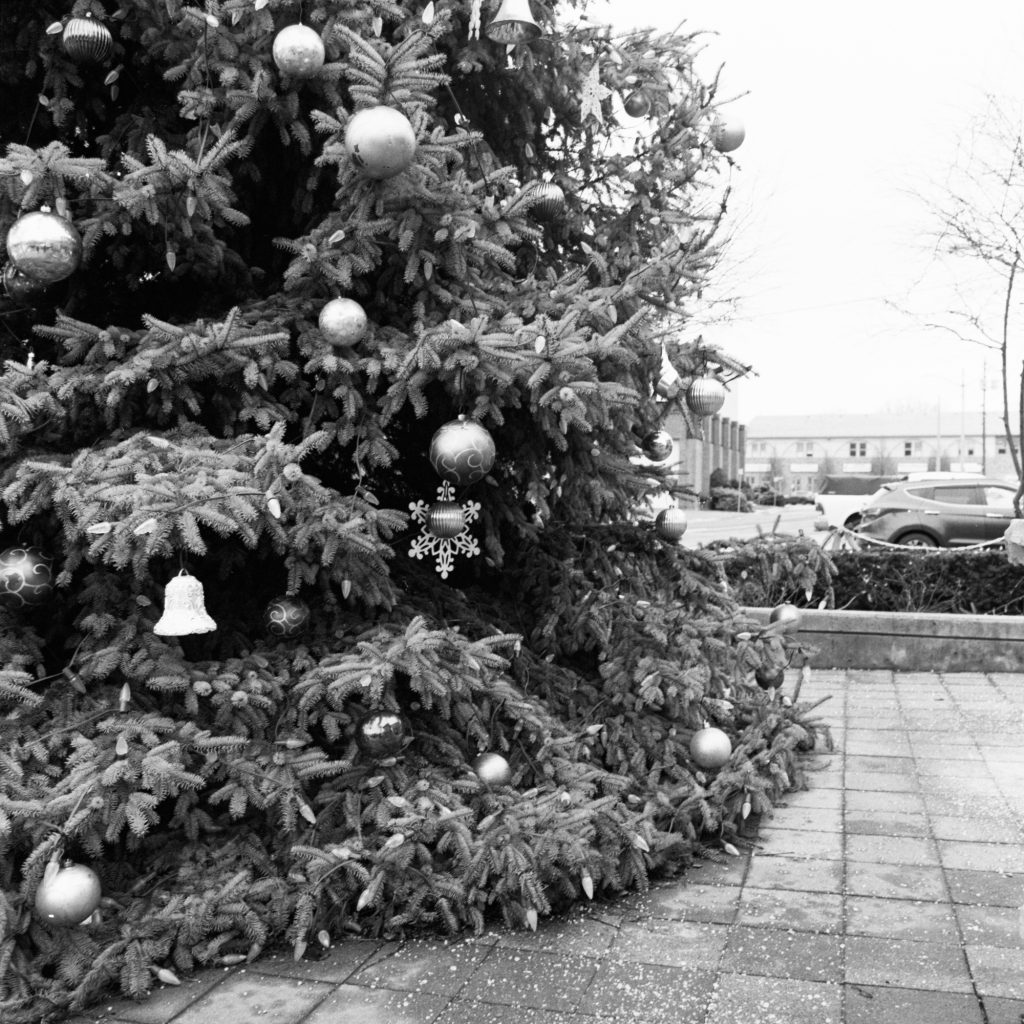
Results — A Testament to Longevity
Even after 17 years past expiry, the Plus-X Pan performed admirably. The push in D-76 1+1 restored contrast and life to the images, preserving fine grain and detail. Textures in the old stone walls and subtle tonal shifts in the skies came through beautifully.
The negatives scanned cleanly, needing only minor curve adjustments. That classic Kodak midtone richness — smooth, understated, and utterly filmic — was still there, reminding me why Plus-X earned its reputation as one of the most elegant emulsions of its time.
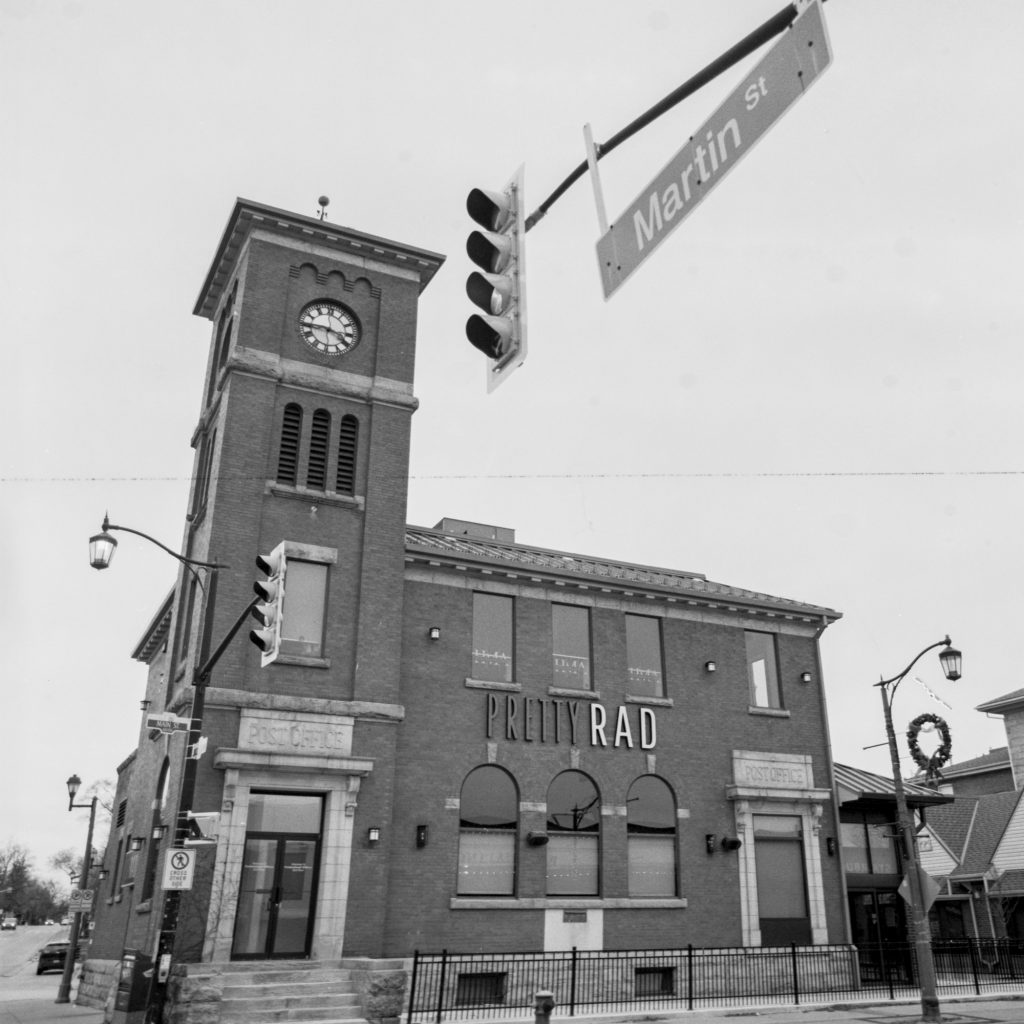
Final Thoughts
Shooting expired film is part science, part art, and part gamble. Sometimes it disappoints, but other times — like this one — it rewards you with images that feel like they’ve been waiting to emerge all along.
Kodak Plus-X Pan (expired January 2008) may no longer be fresh, but in the right hands, with the right process, it still captures the world with grace and subtlety. And paired with the Hasselblad 503CX, it delivers a result that’s every bit as classic as the gear itself — a reminder of why film, even when aged, still has stories left to tell.

